
All categories
Featured selections
Trade Assurance
Buyer Central
Help Center
Get the app
Become a supplier

(18910 products available)

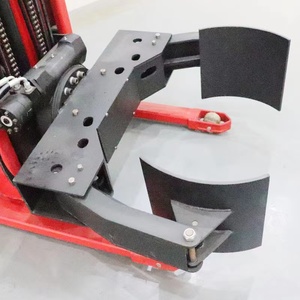
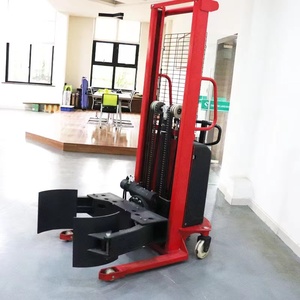

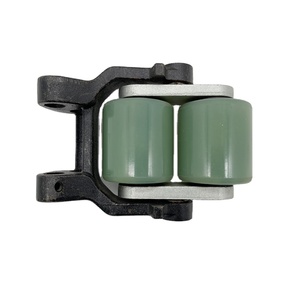
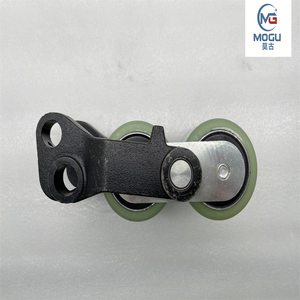
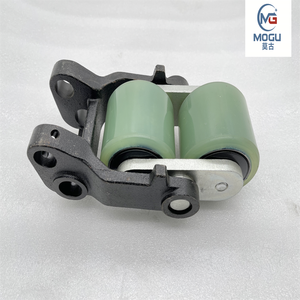
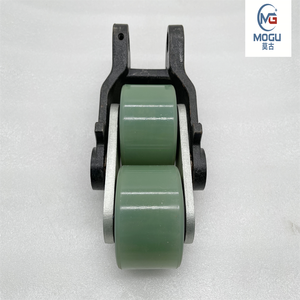
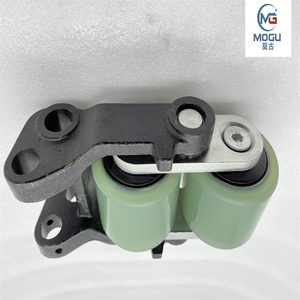















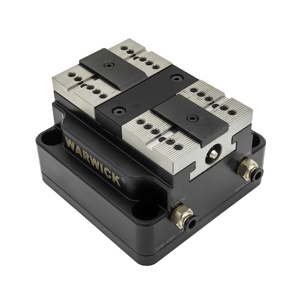

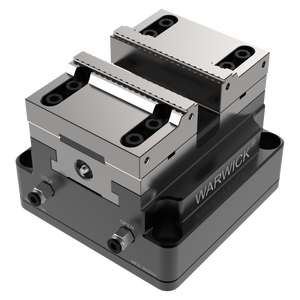

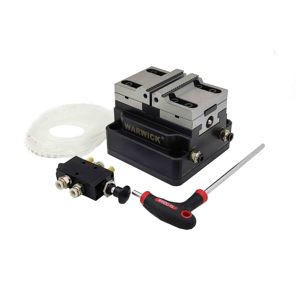


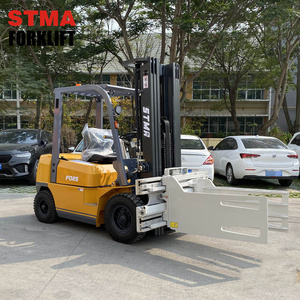
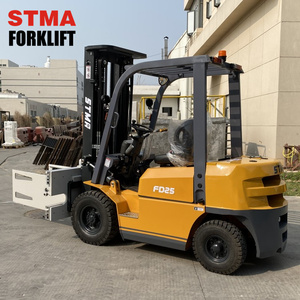
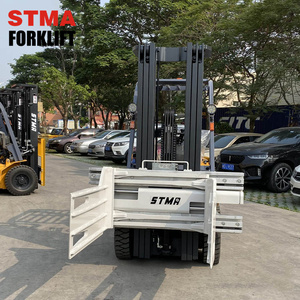

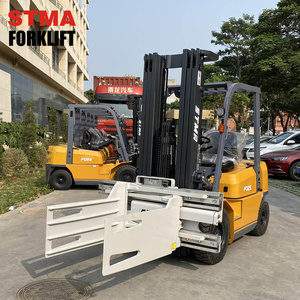
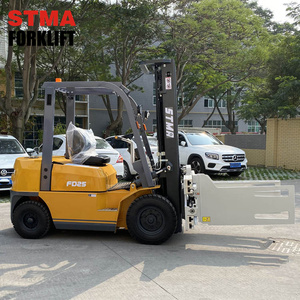
Clamps for forklifts come in different types. They include:
Forklift C-Clamps
These are the most common clamp types for lifting operations. They feature a C-shape design that is ideal for lifting pallets and crates. Made of strong and durable materials, C-clamps can lift and move oversized products in warehouses.
Clamp On Pallet Forks
Buyers prefer these pallet forks for their easy installation and versatility. The forks clamp and secure the payload when mounted onto existing pallet forks. Apart from pallets, they are suitable for transporting bags, boxes, and other unstable loads in businesses.
Side Shift Pallet Forks
This clamp is unique, with a side-shift feature for easy load positioning. It helps users avoid entire aisle or turning forklift reorientation during load transferring. This clamp is ideal for businesses that deal with pallets in narrow spaces or require precise placements.
Forks with Integrated Clamp
These clamps are designed with lateral sides and can be easily integrated into existing forklift forks. It offers businesses enhanced stability while handling awkwardly shaped products. Users can commonly find these Forks in manufacturing plants with a limited space.
Clamp On Roll Cages
Handle fragile, lightweight products in roll cages with these clamps. The easy-to-install clamp attaches to the forklift forks. It's suitable for users who frequently handle items such as wire baskets, boxes, or any product requiring extra care during the transfer.
Bi-Directional Clamp
This clamp allows users to handle products from two positions. It handles products horizontally and transports wide loads, including boards, sheet metal, etc. They are suitable for businesses that deal with large loads requiring two handling directions.
The durability of the clamps directly affects the lifespan of the equipment.
Sturdy Construction
Steel clamps with a sturdy construction contribute to handle heavy-duty applications without bending or breaking. This prevents frequent replacements, which can be costly. Sturdy clamps also improve safety, preventing accidents from equipment failure in the workplace.
Resistant to Wear
Wear-resistance, such as resistant to abrasion, ensures that the clamps can handle frequent use and maintain their functionality. This is especially important in environments where clamps handle rough or uneven loads. Wear-resistance ensures the clamps do not lose their gripping ability over time.
Corrosion Resistance
Corrosion resistance is key to ensuring the clamps' longevity. Clamps made with stainless steel or galvanized materials can withstand moisture, chemicals, and other environmental factors that cause rust. The corrosion-resistance helps maintain the clamp's strength and reliability for a longer period, especially in harsh outdoor environments.
Shock Absorption
Materials like rubber or padded grips are ideal for absorbing shock and reducing the impact on the clamp during handling. It protects both the clamp and the forklift from damage. The shock-absorbing materials also prevent sudden jerking, which can damage fragile loads or cause safety risks to employees.
Temperature Tolerance
High-temperature tolerance is essential in clamps used in industries with extreme heat or cold conditions. Materials that can withstand such temperatures prevent the clamps from warping, losing strength, or becoming brittle. This ensures consistent, safe operation regardless of the environment.
Hybrid Materials
Some clamps incorporate multiple materials to enhance durability. For example, a steel clamp with a rubber grip will provide both strength and shock absorption. This offers versatility for the user handling different loads, ranging from heavy industrial products to delicate items.
Revenue Generation
Handles huge loads and has a higher commercial value since users will frequently need to enhance their forklift’s function. Many enterprises handle a great variety of goods, using the right clamps to improve operating efficiency and increase income.
Cost Efficiency
Pallet clamps for forklift attachments have a significant economic impact on operating costs. They decrease load damage, saving enterprises from replacement and loss costs. They also minimize handling time and labor costs due to their efficient design. This gives users considerable overall cost savings.
Increased Profit Margins
Installations that reduce handling time also lead to more operations in a given time; thus, higher profit margins are realized. Forklift attachments that enable businesses to operate in limited spaces will increase productivity. This leads to increased profit margins for the businesses.
Versatility and Adaptability
Forklift attachments can handle a variety of workloads, ranging from pallets to bags or bulky materials. Their versatility makes them suitable for various industries, including manufacturing, warehousing, and distribution. They also adapt to changes in load size or shape with ease, providing long-term value to businesses.
Market Demand
As e-commerce and logistics developments increase, market demand for effective material transport increases. There is a steady demand for sturdy and efficient clamps to handle different loads. This makes clamps highly sought, boosting their commercial value in the competitive market.
Customization Options
Many suppliers on Alibaba.com offer customizable clamps, increasing their worth. They can be specially made to respond to particular user needs and industry standards. Businesses can develop unique solutions that improve brand recognition and lower user satisfaction and handling efficiency. This enhances their value in the marketplace.
Load Type
Knowing the load type will help determine the kind of clamp useful. For instance, high clamp pressure is needed for handling large and heavy loads. They also prefer clamps with wide openings and long forks for oversized loads. Ideal clamps for fragile or unstable loads will have a gentle gripping surface. These surfaces are pressure-distributed to avoid damage.
Load Capacity
Properly evaluate the load capacity of the forklift before choosing a clamp. This is to ensure safety and avoid damage. The clamp's maximum load capacity needs to be higher than the heaviest load to be handled. This will guarantee smooth operation without strain on the forklift or the clamp.
Operational Environment
Consider the external factors like weather, space, and flooring conditions that will affect the clamp. For example, electric clamps will suit indoor or work environments with sensitive electronic equipment. A clamp with seals to keep dirt and moisture away will be ideal for outdoor work.
Fork Specifications
Make sure the clamp being selected will easily fit the forklift’s existing forks. One can obtain various clamp and fork sizes, so check compatibility first. Also, consider the fork spacing. Certain clamps might require adjustments for optimal performance.
Usage Frequency
How often the clamp will be used determines whether one goes for a standard or heavy-duty option. An occasional-use clamp may need a non-intensive handling and of less demanding conditions. A heavy-duty clamp will stand up to regular intensive use. This is important, especially in busy manufacturing or distribution centers.
Maintenance Requirements
Some clamps require more maintenance than others, although they are easy to take care of. For example, hydraulic clamps will require regular fluid checks and servicing. On the other hand, mechanical clamps may require less input from the user. Go for a few options if one anticipates extensive usage to avoid downtime due to wear and breakdown.
A.1 The clamp's main purpose is to allow forklifts to handle different kinds of loads that may not be palletized. For example, work clamps on baskets, barrels, and bulkier items. They enhance versatility in numerous handling tasks in industries, thus making them more practical in material management.
There are several benefits of using clamps on forklifts. First, they increase handling efficiency. Secondly, they enhance stability by securing loads firmly during transport. Thirdly, they improve safety by reducing the risks of loads toppling over. This is especially in transit, thus minimizing accidents and product damage.
Yes, it's safe to use clamps on forklifts if they are well maintained and properly used. Several ways to ensure safety include inspecting the clamps before usage. One should also train the operators on proper techniques. Operators must also adhere to the recommended load limits and ensure loads are secure before movement.
Yes, there are ways to maintain clamps for forklifts easily. A simple way, for instance, is to regularly clean the clamps after use and inspect them for wear or damage. Operators should also lubricate moving parts per manufacturer guidelines and ensure hydraulic models are regularly checked for leaks and fluid levels.